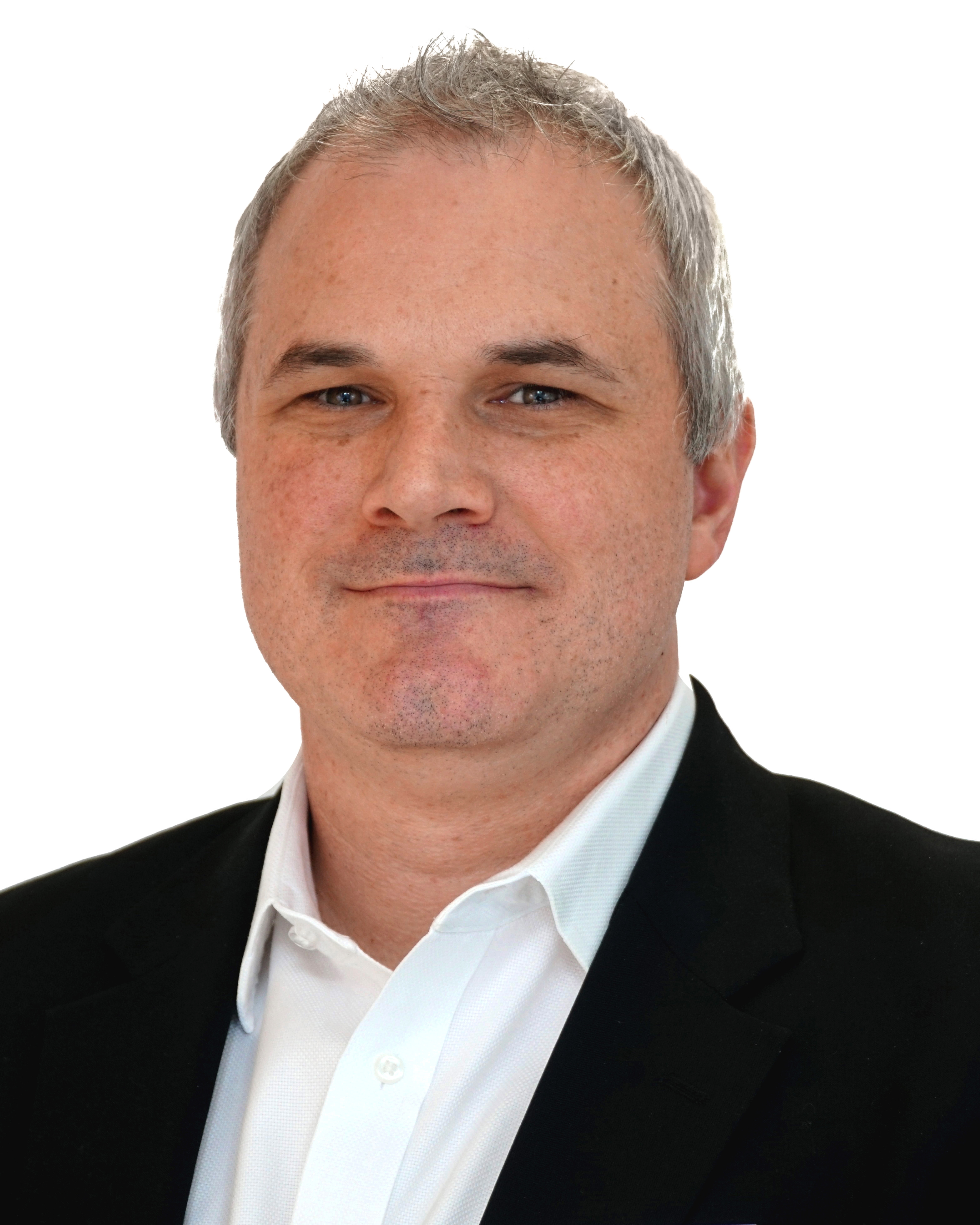Cloud Forecast: Investing In An Agile Future
In the debate over CapEx versus OpEx, the economic and long-term commercial advantages of OpEx are too great to ignore

MONTREAL—Television is an exciting industry to work in; it’s constantly evolving and is highly competitive. The industry currently faces a daunting challenge. Broadcasters are met with increasing competition from Netflix, Amazon, and other streaming services, along with substantial declines in traditional advertising revenues. To adapt to this changing market, our media customers have to rethink the economics of their business or risk becoming obsolete.

Business success relies on optimal return on investment. Grass Valley is an integral part of the media supply chain that forms the "investment" side. Our customers are required to make bold choices about their investment strategy, and our role as a vendor is to suggest new, often bold, options. Fortunately, technology is evolving across both content acquisition and production — and new technology, like cloud-based solutions, enables us to reduce investment.
CapEx vs. OpEx investment
Traditionally, investors rely on metrics such as EBITDA (Earnings Before Interest, Taxes, Depreciation and Amortization) as a way to measure the health of a business. This is because EBITDA is a rough substitute for a business' cash generation without financing activities. Investors in the broadcasting industry see OpEx (Operational Expense — paying for services or solutions, like software, as they are used) as the ‘bad guy’ and CapEx (purchasing capital assets that are depreciated over time) as the ‘good guy’. CapEx has been traditionally relied upon to build broadcast-caliber media workflows. OpEx models that enable media companies to pay for services and solutions based on actual usage, over time, offer many advantages.
OpEx is villainized because of the loose correlation between EBITDA and cash flow. In reality, this reputation is unearned. Imagine that you have the choice between a capital investment or a lease. With capital investment, you pay for the solution at the beginning of your investment and the cash is paid to your vendors immediately. With a lease, you can spread payments over the life of the solution, matching the cash outflow with the cash inflow from putting the solution to productive use. This immediately improves cash flow (despite lower EBITDA). OpEx-based workflow solutions can improve cash flow in the same way. For example, many of our products are only used when there is an event to cover, like a sporting event or breaking news. If you could pay for these products ONLY during the time they were in use, in some applications, pay-per-use could reduce the overall cash outflow by more than 80%!
A new approach for the next generation
Today’s TV industry includes executives from IT-based backgrounds, who could be the very people to lead the charge away from CapEx. The promise of innovation, creativity and more productive use of resources is already spurring industry trailblazers, like video-gaming brands, such as EA Sports, who broadcast esports, to focus on OpEx-centric workflows — using cloud-based technologies and elastic compute to reduce the cost of production.
The economic and long-term commercial advantages of OpEx are too great to ignore. Progressively, I expect to see a pronounced shift towards trading dollars of CapEx for cents of OpEx because it makes sense for broadcast businesses to do that. One final point about pay-per-use models is that typically, these solutions "refresh" in real time. New features and options are being added regularly. In a CapEx model, the solutions are often static, and additional investment is required to add new features. Those that refrain from embracing OpEx-driven models, such as that formed by Grass Valley, may discover that waiting to join the party will only end up costing them more in the long run.
A new Media Universe
To enable the OpEx-driven model, we launched the GV Media Universe. This virtual broadcast ecosystem embodies our long-term mission and fundamentally aligns with where the TV industry is heading. And we are already seeing this approach working in other technology sectors – think smart devices, where Android and iOS have created integrated and connected environments.
We understand that the boardroom may not readily accept a sudden swing to OpEx-based cloud technologies, so we want to ensure that all our customers have the option to leverage their existing technology investments for as long as feasible. And when they do move to the cloud, we need to ensure that everything – existing hardware and all – connects and works together smoothly.
The move to an OpEx-centric, cloud-driven model won’t happen overnight. Every customer is on their own journey, and some may choose different options for various parts of their unique infrastructure.
We see OpEx taking a leading role over the next ten years or so, but we know that our customers won’t all be ready at the same time. Wherever broadcasters are on this journey, we can support them. We aim to make the GV Media Universe open and comprehensive enough that innovators already in our industry and others on the horizon can integrate with whatever technologies broadcasters have invested in, empowering our customers to execute their own strategic vision.
Tim Shoulders is the CEO and president, Grass Valley
Get the TV Tech Newsletter
The professional video industry's #1 source for news, trends and product and tech information. Sign up below.
